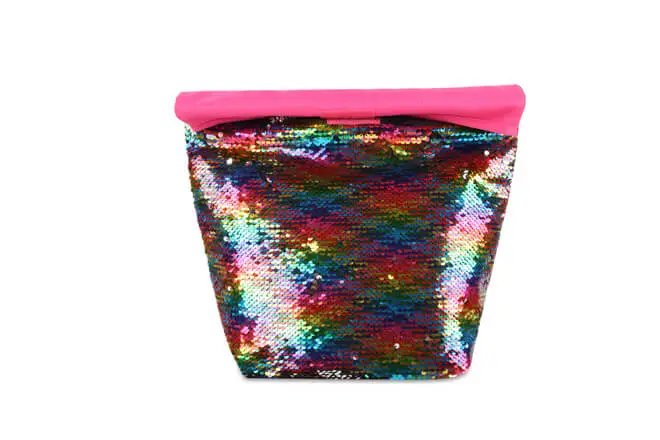Phone:
+86-2164856633
Basic Backpacks
Standard Backpacks
Premium Backpacks
Convertible Backpacks
Business Backpacks
Everyday Backpacks
School Backpacks
Sports Backpacks
Boys' Backpacks
Girls' Backpacks
Men's Backpacks
Women's Backpacks
Laptop Sleeves
Laptop Messenger Bags
Laptop Tote Bags
Laptop Backpacks
Men's Laptop Bags
Women's Laptop Bags
Unisex Laptop Bags
11'' & 13'' Laptop Bags
14'' Laptop Bags
15.6'' Laptop Bags
16'' Laptop Bags and Above
Flat Shape Pencil Cases
Boat Shape Pencil Cases
Tube Shape Pencil Cases
Rectangular Pencil Cases Wholesale
Single Compartment Pencil Cases
Two Compartments Pencil Cases
Multiple Compartments Pencil Cases
Soft Fabric Pencil Cases
PU Pencil Cases
Mesh Pencil Cases
Hard Shell Pencil Cases
Recycled Pencil Cases
Box-Shaped Lunch Bags
Cross Body Lunch Bags
Lunch Tote Bags
Snack Bags
Soft Fabric Lunch Bags
PU Lunch Bags
Neoperene Lunch Bags
Recycled Lunch Bags
Boy's Lunch Bags
Girl's Lunch Bags
Men's Lunch Bags
Women's Lunch Bags
School Backpacks
Pencil Cases
Lunch Bags
Tech Bags
Junior Kids Bags
Senior Students Bags
College Students Bags
Childrens Dinosaur Backpack Collection Wholesale
Kids Forest Friends Student Backpack Collection
Color Block BTS Student Backpack Collection
RPET Recycled Material Student Backpack Collection
Sustainable Pencil Cases
Sustainable Lunch Bags
Sustainable Backpacks
Sustainable Accessories Bag
Organic Material Sustainable Bags
RPET Material Sustainable Bags
Recycled PU Material Sustainable Bags
Paper Material Sustainable Bags
Organic Bag Collection
RPET Laptop Bag Collection
RPET School Bag Collection
RPET Foldable Bag Collection

×
 English
English 



